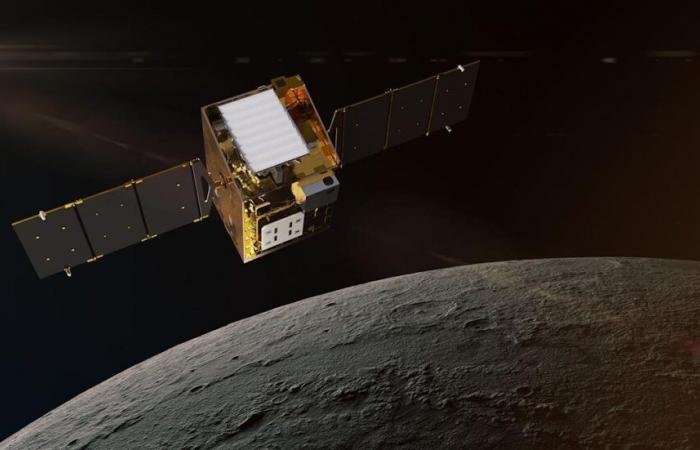
The uncertain future trailblazer
NASA’s trailblazer lunar mission, a 200 -kilogram satellite, faced serious technical problems shortly after its launch on February 26 of this year aboard a Falcon 9 rocket from Spacex. A day after the separation of the pitcher, the mission team detected that the probe was turning slowly and experienced a shortage of energy, which prevented it from being properly oriented to capture the sunlight necessary to recharge its batteries.
Since then, more than two months have passed and NASA continues to work to restore contact with the probe. According to the projections of the mission team, the lighting conditions between May and mid -June could be conducive to the solar panels of the ship to recharge to an operational level and control control over it. NASA has indicated that, if the ability to command and propulsion systems and instruments can be restored, there is the possibility that the trailblazer lunar returns to an elliptical lunar orbit and meets its scientific objectives.
The mission team has precise knowledge of the location of trailblazer lunar thanks to the land monitoring. In case it is possible to establish contact, NASA will make a review to determine if the probe can continue with its mission. However, if no signal is received before the end of the stipulated period, the agency will begin to close the mission. Despite the challenges, the mission of 94 million dollars seeks to map the moon’s water resources, which could be crucial for future explorations manned in our natural satellite.





